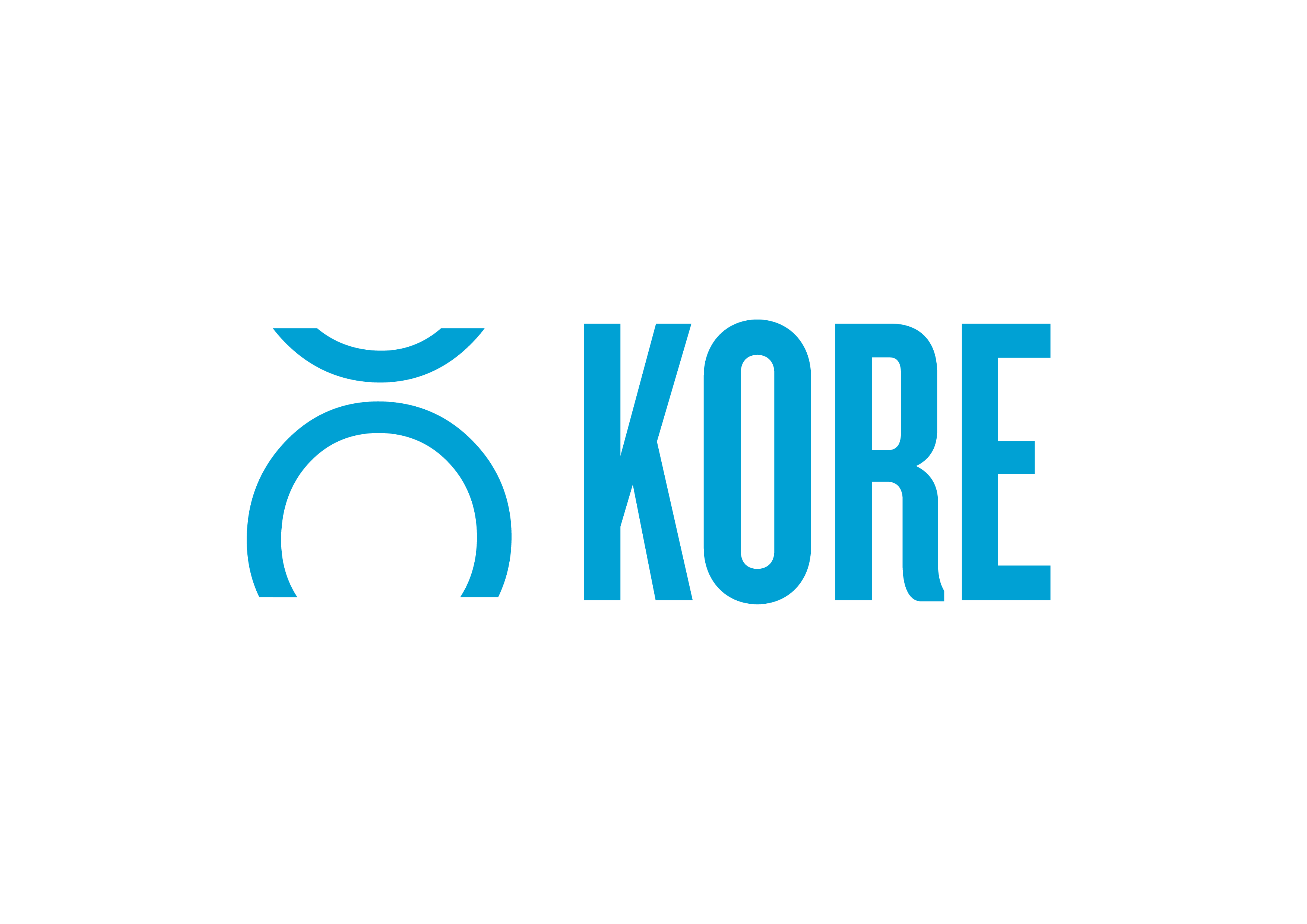Evaluating and determining whether a rights holder can provide a good opportunity, in line with an approved marketing spend, is arguably one of the biggest pain points brands face in today’s market.
Not only do they have the day-to-day challenge of executing existing strategies and campaigns, but also the ever-growing need to consider new ways of reaching and engaging with a desired audience before a competitor does. Plus, audiences consistently become more and more fragmented as new platforms come about. Tik Tok, anyone?
This ongoing exercise constantly requires us to ask ‘Does this sponsorship suit my marketing strategy?’ That’s because, simply, sponsorship itself cannot be the marketing strategy. Instead, it needs to complement existing efforts by using different assets across various platforms to either leverage or enhance a specific message. A global spend of US $70B suggests that sponsorship as a separate marketing function is growing day by day and will continue to do so.
As an industry, however, we’re now spending more time and resources attempting to not only justify our spend, but also find a good mix of ROI, ROO, brand alignment, value creation, and everything in-between. It’s exhausting just saying it.
We spend hours upon hours delving through sponsorship proposals, looking for ways to either say ‘yes’ or ‘no’. The evaluation of a proposal can take a ridiculous amount of time, money, and resourcing. I won’t say who, but a Sponsorship Director, at a fairly well-known global brand, recently told me they allocate four full days per calendar month and pull in five staff just to review the proposals and respond accordingly.
For discussion sake, if the average sponsorship or brand manager is getting $75K, that’s 60 days and just over $61K … just to work out if the sponsorship proposals are actionable!
What to Consider
Over the past few years, we’ve spent a lot of time in this space helping brands fine tune their process to limit the amount of time, money, and resources spent trawling through countless documents, proposals, and packets of Panadol because of the growing headaches.
Without giving rights holders too much of a roadmap to the golden ‘Yes’, here’s a few things to consider if you’re trying to work out if a sponsorship proposal suits your marketing strategy or not.
1. Your objectives
Most marketers will agree, whether agency or brand, that at some point we need to acknowledge an overarching objective or purpose for the marketing strategy. Best case scenario is that the strategy has been re-engineered in an attempt to either solve a problem, tackle an important message, or reach a specific audience. Objectives likes Brand Awareness, Community Engagement, or Lead Generation are usually steppingstones that will allow us to achieve the overall purpose. Understanding your objectives will help you get the best out of the ROI vs ROO evaluation.
2. Your approach to measurement
Before we can acknowledge the big, shiny numbers being presented as ‘value’, we need to be inherently clear on how we’re going to measure success.
“Media equivalency in itself is not an ROI metric” – Rob Mills, Gemba & Turnstile
On a recent episode of Inside Sponsorship, Rob Mills, Global CEO of Gemba and Turnstile, suggested that, as an industry, we may have evolved down the wrong path in how we measure sponsorship (given our heavily reliance on using media equivalency as an ROI metric). Strangely, it’s now broadly accepted that we can’t use this alone … yet we continue to do it!
Database acquisition, brand preference, awareness, engagement, and consumption rates; there’s plenty of metrics and methods to look at along the way and not all of them will be relevant. How we say ‘yes’ to a sponsorship proposal, however, needs to be the same as how we say ‘yes’ or ‘no’ to the renewal.
3. Your audience
Typically, as part of your marketing strategy there will be two to three key avatars that you’ve built with the sole purpose of selling to, engaging, with or influencing. They might be your average customer or even target customer but, nonetheless, a considerable amount of effort has gone toward working out and learning as much about them as possible.
When looking at the sponsorship proposal, we need ensure that whatever the rights holder is proposing either helps or improves our efforts in reaching and engaging with our avatars. Spending money on a generic audience won’t help anybody. Ask the rights holder to be specific on exactly who they feel there is alignment with or perhaps who you can reach as a direct result of their assets and audience.
4. Potential risk
Something that can be overlooked, but it still very important when initially justifying a sponsorship spend, is working out if there is any risk involved.
This might be in the form of previous behaviours, public image, propensity for negative media attention, or even correlations to competitors.
The latter is a sore spot for brands who spend money on something that their biggest competitor can ambush quite easily and indirectly. If you can’t think of any examples you just need to look at the ongoing battles between Hungry Jacks and McDonalds.
5. Your budget
Investment levels are usually the most awkward part of the conversation or proposal. In terms of what to spend, some will say a deal is worth what someone is willing to pay and others will have unique methods to calculate cost vs value. Nonetheless, it’s important that before we evaluate a sponsorship proposal that we’re across exactly how much we can actually spend.
Various sales tactics will teach rights holders to delay this as much as possible in fear of pigeonholing themselves or perhaps provide a range depending on what package you choose (caveat: packaging is dead. Please stop doing it).
Don’t be put off by a proposed investment level. Obviously this needs to be within reason and, more often than not, the more you spend the more value you receive.
If you are like most brands, big or small, you’ll be getting lots of sponsorship proposals and evaluating and determining whether a rights holder can provide you with a good opportunity, in line with your budget, is an ongoing challenge.
Follow those steps above and I think you’ll start working through those proposals more clearly and with greater confidence.
KORE is the global leader in engagement marketing solutions, serving more than 200 professional teams and 850+ sports and entertainment properties worldwide, providing practical tools and services to harness customer data, facilitate sponsorship sales and activation, and create actionable insights.



